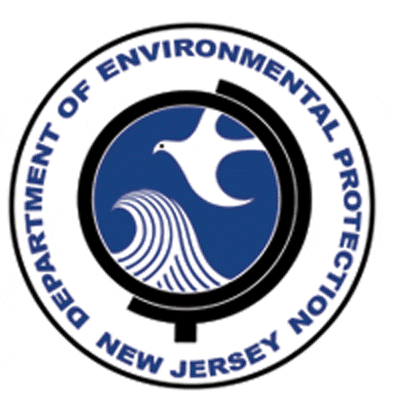The NJDEP issued an enforcement alert as part of a compliance advisory to any facility in NJ that owns or operates a stationary internal combustion engine that generates electricity and is permitted as an emergency generator. The advisory is directed at the use of emergency generators for facilities participating in Demand Response and Peak Shaving Programs and which may require air permit revisions and air pollution controls.
Environmental Health and Safety Blog | EHSWire
The NJDEP issued an Enforcement Alert Regarding the Use of Emergency Generators
Posted by Shivi Kakar
Topics: Emilcott, NJDEP, NJDEP Enforcement Alert, NJDEP Emergency Generators
The US EPA issued a draft guidance document on the subject in 2002 and 2003. ASTM International released the "Standard Practice for the Assessment of Vapor Intrusion into Structures on Property Involved in Real Estate Transactions," (ASTM E 2600-08). NJ initially issued its Vapor Intrusion Guidance in October 2005. This initial guidance document provided some direction but left many decisions of how to investigate, measure and monitor the impact of vapor intrusion to the investigator. Now, with the increased push for the rehabilitation of former industrial sites we now have more specific guidance.
The January 12, 2012 NJDEP Vapor Intrusion Technical Guidance Document is the first update since DEPs initial document in 2005. It is well overdue and hopefully worth the wait. Below is a summary of what the guidance document is intended to do. How well that works will come to bare and may be addressed in future postings.
The document is designed to be a much more in-depth protocol to those professionals who evaluate and respond to evidence of volatile organic compounds migrating from subsurface soils into overlying buildings. Its changes and intentions include:
- Necessary changes prompted by the NJ DEP Site Remediation Reform Act (SPRA)
- Specific guidelines on how to comply with the NJDEPs requirements for assessing a vapor intrusion pathway
- Recommended protocols for investigating a vapor intrusion pathway
- Recommendation on sampling, both subsoil and air quality
- A phased strategy for the process in general
- NJDEP regulatory timeframes triggered by specific concerns as they are identified
- Specific information on landfills and methane
- More in-depth information and procedures for design, mitigation, post-mitigation and environmental monitoring
For more information, you may access the Guidance Document Here
Topics: Emilcott, indoor air quality, NJDEP, Vapor Intrusion, Portfields, ASTM, Brownfields



